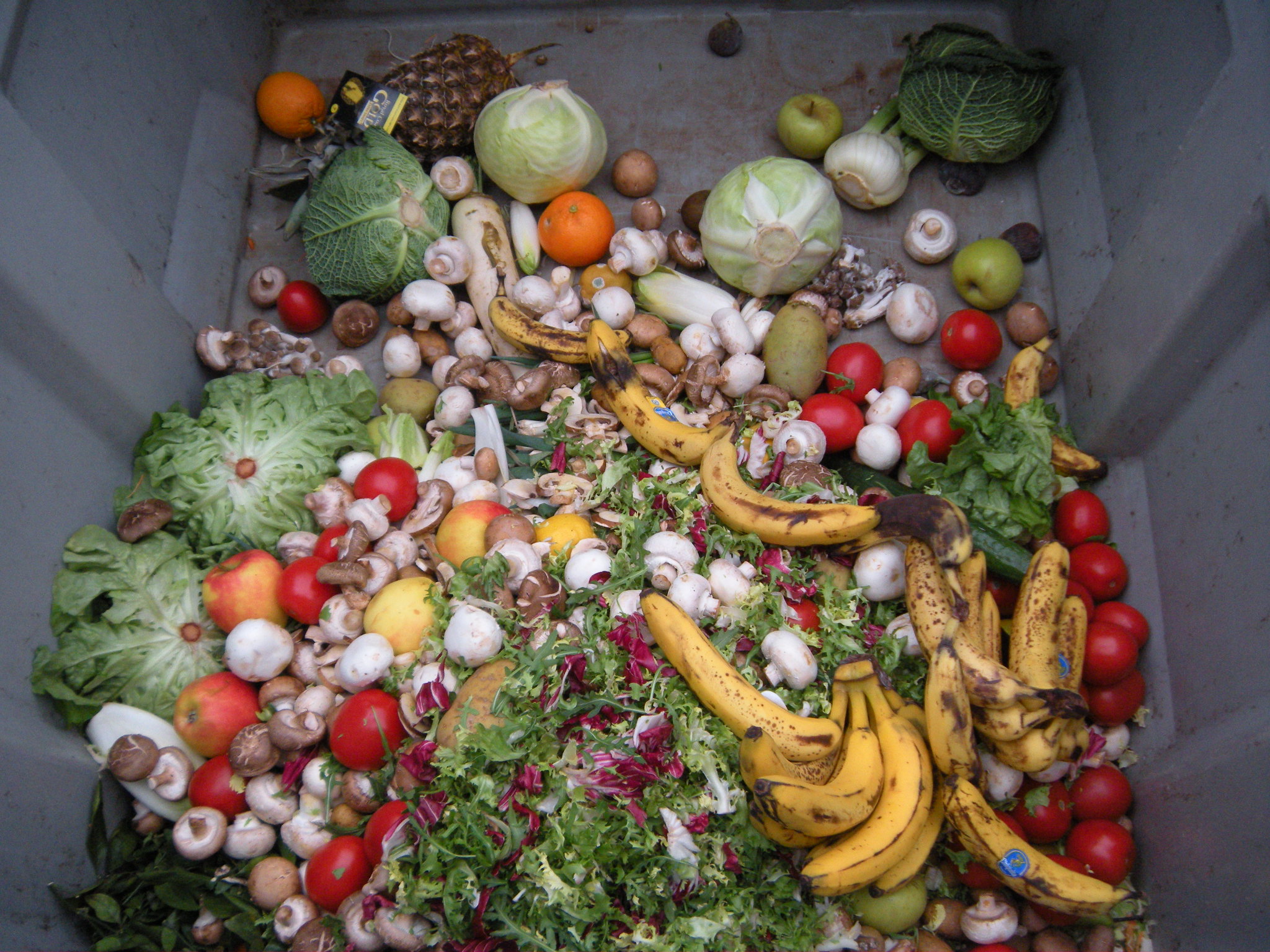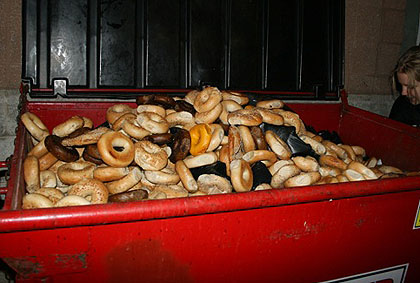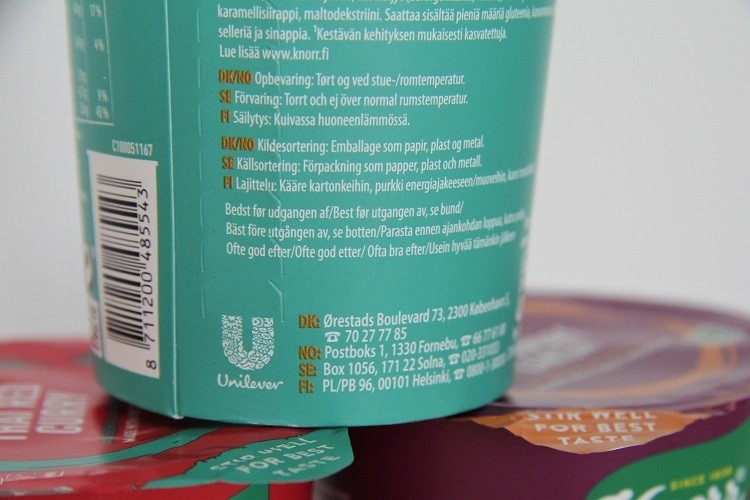
- Sustainable Planet -
- 7mins -
- 272 views
Want to help in the fight against foodwaste? Learn the truth about expiry dates
Do you know the difference between “Best Before” and “Use By” dates on food packaging? Understand them correctly to prevent food waste and save money.
‘Best before’ Vs ‘Use by’ Vs ‘Expiry Date’: understand their meanings
The ‘best before’ date is mistaken by many consumers to be the same as the ‘expiry date’ or ‘use by’ date. That’s why most of the time, foods that may have passed their ‘best before’ date get thrown away while still being completely edible and harmless. So if the ‘best before date’ is different from an ‘expiry date’, which is which, and what do they all mean? Here’s how we as consumers can better understand labelling and work together to prevent food wastage while saving money.

Food labelling and their real meanings
What do the dates on food packaging really mean? Have people the world over been binning perfectly good food? Should we be eating expired goods? The first thing to point out is that labels in the US, where regulations on food dating differ significantly, are not the same as those in the UK. While British foods carry just one date – either “use by” or “best before”– Americans are confronted with “expiration, use by, best by, sell by, best if used by …”
A joint report from the Natural Resources Defense Council and Harvard Law School in 2013 said that 40% of American food goes uneaten each year, and the disorienting effect of the US date labelling system is in large part to blame. At the same time, said the report, that system fails to convey important food safety information, “despite the appearance of doing so”. British rules are clearer. The use-by date concerns safety (ignore it and you could get food poisoning), while the ‘best before’ date is about quality (it’s probably fine to eat it afterwards; but it may no longer taste or look as good).
Read on and learn their meanings; what’s safe and what’s not, so you can fight food waste and save cash.
Source: Liebherr

What’s the difference between ‘best before’ date and expiry date?
What is the ‘best-before date’?
The ‘best before’ date guarantees certain properties of the product to be effective up to this point. Once the date has passed, it may just lose its freshness, taste, aroma or nutrients. But it does not necessarily mean that the food is no longer safe to eat. In order to decide whether the food is still edible, one should rely on his/her senses (sight, smell and taste). The product should not be consumed if you find that the taste has been compromised, odour and appearance is odd or it’s exhibiting strange consistency. Note: this only applies to unopened shelf-stable product. Once a sealed product is exposed to air it is prone to contamination. Thus, the ‘best before’ date no longer applies to it.
Expiration dates tell consumers the last day a product is safe to consume. Best before date on the other hand tells you that the food is no longer in its perfect shape from that date. It may just lose its freshness, taste, aroma or nutrients. It does not necessarily mean that the food is no longer safe to eat.
Best before date is basically a quality indicator. Another term that gets mixed up with this is the ‘use by’ date which applies only to perishable goods such as fresh fish or meat. Dispose of them immediately once they have passed the ‘use by’ date.
In addition, a storage temperature specification between +2°C and +4°C is usually included in the consumption date. However, a majority of the refrigerators with a temperature of +4°C to +8°C are significantly warmer. If you lower the temperature of the whole refrigerator, this results in significantly higher energy consumption and is no longer suitable for other foodstuffs.
Checklist: ‘Best before’ indicates the date until when the food retains its expected quality
- Food is still safe to consume after the indicated “best before” day on the condition that storage instructions are respected and packaging is not damaged, but it might begin to lose its flavour and texture.
- “Best before” dates appear on a wide range of refrigerated, frozen, dried (pasta, rice), tinned and other foods (vegetable oil, chocolate, etc).
- Check if the packaging is intact, and if the food looks, smells and tastes good before throwing away food past its “best before” date.
- Once a food with a “best before” date on it has been opened, follow any instructions such as “eat within three days of opening”, when applicable.
“Best Before” and “Use By” dates on food packaging — Understand them right to prevent food waste and save money
Checklist: “Use By” indicates the date until when the food can be eaten safely.
- Don’t use any food after expiration of the “use by” date.
- “Use by” dates appear on highly perishable food, such as fresh fish, fresh minced meat, etc.
- Follow the storage instructions such as “keep in a refrigerator” or “keep at 2-4°C”; if not the food will spoil quicker and you may risk food poisoning.
- By freezing the food at home soon after purchase, you can extend its life beyond the “use by” date, if it is frozen properly. But make sure you follow any instructions on the pack, such as “freeze up to the use by date”, “cook from frozen” or “defrost thoroughly before use and use within 24 hours”.
- Once a food with a “use by” date on it has been opened follow any for storage and use instructions such as “eat within three days of opening”, bearing in mind that food should be consumed before the expiration of the “use by” date.
Find out more about reducing food waste at ec.europa.eu

One company’s solution: ‘often good after’ labels
Last September, British-Dutch multinational consumer goods company Unilever began placing a new packaging label directly after the ‘best before’ text on certain food products: ‘often good after’. The initiative, developed in collaboration with Too Good To Go and industry players, aims to reduce food waste at the consumer level.
The ‘often good after’ label is the result of collaboration between Danish food waste start-up Too Good To Go and a number of food manufacturers, including Unilever, Carslberg, and Arla Foods.
“53% of Europeans don’t know the difference between ‘best before’ and ‘use by’ when it comes to food labelling,”Too Good To Go CEO Mette Lykke told FoodNavigator.
These misunderstandings can cause tonnes of food waste at the consumer level for no reason, the CEO explained. “Therefore, we decided to team up with a number of food manufacturers to rethink the scheme. ‘Best before’ is a guideline that has to do with the quality of the food. It is still safe to eat when the date expires, and it is up to the consumer to use their senses and common sense. We wanted to clarify that by adding ‘often good after’ to the date labelling.”
Carslberg and Arla Foods have added the text to certain beers and milk products respectively, and Unilever has adopted the label for its three new Knorr rice noodle mini meals, which are launching in Denmark, Sweden, Finland and Norway this autumn.
For Unilever, the scheme aligns with a topic ‘very high’ on its agenda, a spokesperson told Food Navigator. “We work on many initiatives by our food brands like Knorr and Hellmann’s to drive a more sustainable way of food consumption. Ninety-five percent of the vegetables and herbs in our food products globally are sustainably sourced and after every harvest we use the remains of the vegetables to fertilise our fields to avoid waste.”
However, the company noted that ‘too much’ food is being thrown away worldwide. Indeed, some 1.3bn tonnes of food is estimated to be lost or wasted each year, equating to roughly one-third of the food produced for human consumption. In developed countries, the majority is wasted in households.
Source: FoodNavigator


